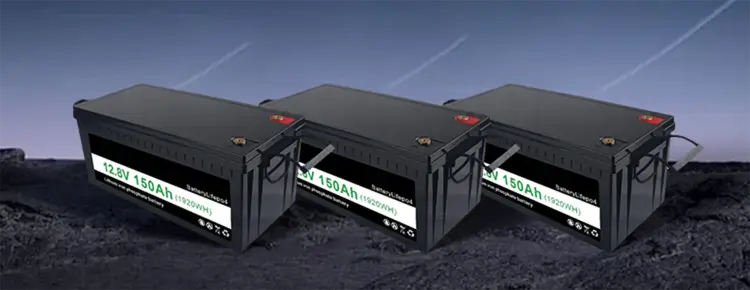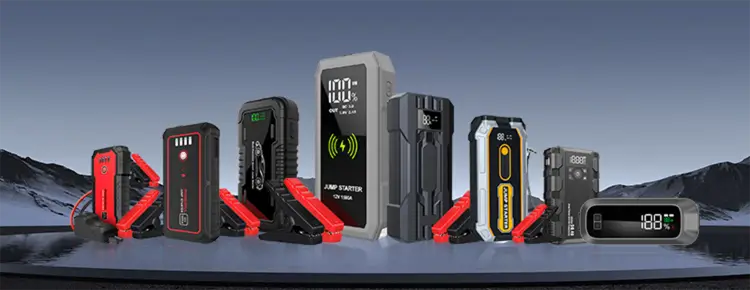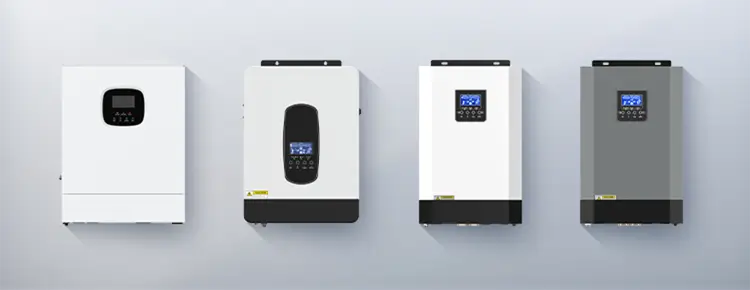



Blog
Hot Category
Latest Blog
05 Jan 2025
Nlelsen
With the development of technology, lithium batteries have become the mainstream energy source for modern portable devices, and lithium iron phosphate batteries (LiFePO4) are popular in the field of electric vehicles and energy storage due to their high safety and long life. However, lithium iron phosphate batteries are not widely used in consumer electronics such as mobile phones. Why is this? We can roughly divide it into the following 5 points,

The energy density of lithium iron phosphate batteries is relatively low, which means that batteries of the same size and weight do not store as much power as other lithium-ion batteries (such as ternary lithium batteries). For mobile phones that pursue thin and light designs and long battery life, energy density is a key indicator. Low energy density lithium iron phosphate batteries will make mobile phones thicker or have reduced battery life, which is obviously inconsistent with the needs of modern consumers.
The voltage platform of a single cell of a lithium iron phosphate battery is usually around 3.2V, while the voltage platform of a ternary lithium battery is around 3.7V. A higher voltage platform can provide higher power output for mobile phones, while reducing the need for battery series connection and improving overall design efficiency. The application of lithium iron phosphate batteries of low voltage platforms in mobile phones will increase the complexity of circuit design and affect performance optimization.
Although the raw material cost of lithium iron phosphate batteries is low and the cycle life is longer, the life advantage is not important in products with short service cycles such as mobile phones. At the same time, the production of lithium iron phosphate batteries requires a larger volume to achieve the same capacity, which is a waste in the internal space of mobile phones where every inch of land is valuable. Therefore, from manufacturing cost to market demand, lithium iron phosphate batteries are difficult to compete with ternary lithium batteries.
Mobile phone fast charging has become an important function that consumers pay attention to, and lithium iron phosphate batteries are not as good as ternary lithium batteries in high-rate charging and discharging performance. Although lithium iron phosphate batteries can support higher-rate charging and discharging, achieving this performance requires special design and material improvements, which increases additional technical costs. In contrast, ternary lithium batteries can achieve fast charging more easily under existing technical conditions.
Although lithium iron phosphate batteries are widely used in electric vehicles and other fields due to their stability and high safety, the technical maturity of modern mobile phone battery management systems (BMS) and ternary lithium batteries is sufficient to meet the safety requirements of most usage scenarios. The thermal management technology of ternary lithium batteries has been continuously optimized, further reducing the risk of thermal runaway, so that its safety can meet the requirements of mobile phone applications.
Although lithium iron phosphate batteries have significant advantages in safety and cycle life, their disadvantages such as low energy density, voltage platform limitation, volume occupation and insufficient fast charging performance make it difficult to replace ternary lithium batteries in the field of mobile phones with thinness, long battery life and high performance as the core requirements. In the future, with the advancement of technology, the bottleneck of lithium iron phosphate batteries in energy density and other aspects may be broken, but at present, it is still more suitable for application scenarios such as electric vehicles and energy storage equipment that do not require high volume and weight.